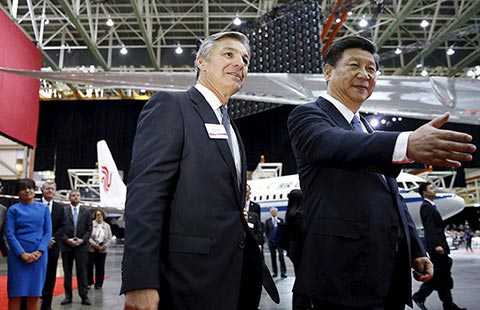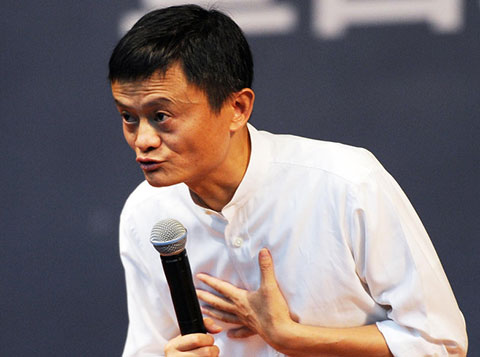Wal-Mart presses suppliers to share benefits of the yuan
(Agencies) Updated: 2015-09-25 08:03
 |
|
An outlet of Wal-Mart in Yichang, Hubei province, China. [Photo/China Daily] |
Wal-Mart managers in recent weeks have contacted more than 10,000 suppliers in various countries, all of which have manufacturing facilities in China, seeking cost cuts of 2 percent to 6 percent on mainly general merchandise including home furnishings, apparel, health and beauty products, appliances, electronics and toys, according to a consultant who advised Wal-Mart on the move and spoke on condition of anonymity to protect his relationship with the retailer.
The company is telling suppliers that they should pass on the savings arising from the yuan depreciation so Wal-Mart can achieve EDLC, or "everyday low cost", its term for the tight cost controls needed to keep prices low for consumers, according to executives at two vendors of durable goods, who also requested anonymity. Both were asked for cuts in the lower half of the 2 percent to 6 percent range. Both said they planned to negotiate a reduction in the proposed cuts.
Wal-Mart spokeswoman Deisha Barnett declined to comment on whether the company was seeking price cuts in China-made goods. With almost $500 billion in annual sales and a globally diversified supply chain, Wal-Mart holds tremendous sway over its vendors, which could risk their business with the retailer by pushing back too hard on its requests to lower costs.
The move by the world's largest retailer follows efforts by other retailers to benefit from a cheaper yuan. A senior Toys R Us official told Reuters that the company was "engaging" with suppliers about improving terms. Home Depot Inc Chief Financial Officer Carol Tome said they had identified potential cost savings from the currency's decline and would pursue them.
Last month, China allowed its currency to depreciate in a bid to boost growth and help flagging exports. The nearly 2 percent cut on Aug 11was the most significant downward adjustment to the yuan since 1994. The currency is down 2.9 percent versus the dollar so far this year, making exports from the country less expensive when purchased with dollars, the currency most often used in supplier contracts.
Wal-Mart's latest overture to suppliers comes as it seeks to push through broader changes designed to lower its costs through changes to vendor agreements. In June, Wal-Mart began asking all suppliers to pay fees to store inventory in its warehouses and in some cases has sought to extend the time Wal-Mart takes to pay its vendors.
Wal-Mart has been struggling to shore up its profit margins, which have been weighed down by a $1 billion investment announced earlier this year to increase wages for half a million store-level workers and other cost pressures.
- State Council offers science, tech plan
- Generous tips via Internet energize the craft of writing
- China lags Japan, US in deal completions
- Wal-Mart presses suppliers to share benefits of the yuan
- Alibaba makes Beijing a hub
- Infographic: Chinese are No 1 international home buyers in US
- Hershey sees sweet spot amid slowdown
- US share of China's global M&A deals 'rising'

















